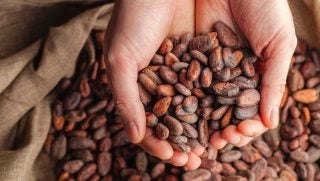The Soil Health Institute has been awarded $3.25 million from the U.S. Department of Energy’s Advanced Research Projects Agency-Energy. The funds will be used to develop an integrated soil carbon measurement and monitoring system called the DeepC System, which will provide standardized carbon sequestration monitoring needs for carbon markets in agriculture.
The system includes in-field measurement tools, an optimized spatial sampling algorithm, and machine learning that leverage the current infrastructure of national soil spectroscopy libraries. Users will be able to obtain rapid measurements of soil carbon stock. According to SHI Chief Scientific Officer Cristine Morgan, PhD, the technology will benefit farmers and ranchers by reducing the time and cost for measuring soil carbon, thereby supporting their participation in carbon markets.
“Soil probes, equipped with sensors that proximally measure both carbon concentration and bulk density of the soil as the probe is pushed into the ground, are an ideal way to measure carbon stock and change along the soil profile rapidly, nondestructively, and cost-effectively. The integrated DeepC System combines sampling design, proximal sensing, and machine learning to obtain rapid, non-destructive measurements of soil carbon stock and flux,” Morgan explained.
“At the Soil Health Institute, we address a full range of issues to advance adoption of soil health systems, from conducting the science to providing local farmer trainings and setting up farmer-to-farmer mentoring networks. This is an example of how we are developing new technology that will help farmers, too,” said Dr. Wayne Honeycutt, CEO of the Soil Health Institute.
Co-principal investigators include Kevin Meissner, Engineer; Yufeng Ge, Associate Professor, University of Nebraska-Lincoln; and Alex McBratney, Professor, University of Sydney.
For further information, visit www.soilhealthinstitute.org.


